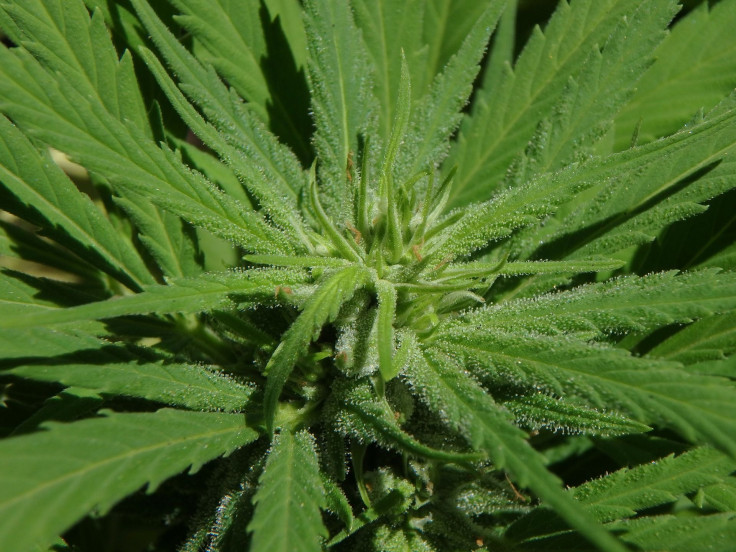Is 'Dabbing' Dangerous? Marijuana Trend May Produce Toxic Chemicals

"Medical Daily is pleased to announce it will soon be part of Newsweek. There, you will find the same stories on the latest news about health, fitness, nutrition, and relationships to enhance your life."
Marijuana users typically roll it into a joint, smoke it through a bong or bake it into brownies and other types of edibles. Those seeking to take their highs to another level may turn to “dabbing,” a lesser-known process that’s rising in popularity. Dabbing, not to be confused with the popular dance move, involves inhaling vapor from “dabs” of waxy or solid, potent concentrates of THC, the main ingredient in marijuana. Although dabbing allows a user to get high much quicker than smoking, it may also come with serious health risks, according to new research.
In a study published in the American Chemical Society’s ACS Omega, researchers identified toxic chemicals in the vapor produced during the dabbing process. The team of scientists, from Portland State University, studied the chemical makeup of terpenes—the oils that give marijuana plants their aromas—by heating them in a method similar to dabbing.
Dabbing involves heating cannabis through a glass pipe and metal rod, often referred to as a “nail.” The nail is torched with butane.
“The difficulty users find in controlling the nail temperature put[s] users at risk of exposing themselves to not only methacrolein but also benzene,” lead author Rob Strongin and his colleagues wrote.
As the researchers used higher temperatures when heating the terpenes, they found that more toxins were produced. Previous experiments by Strogin and his colleagues found the same to be true for e-cigarettes.
“The results of these studies clearly indicate that dabbing, although considered a form of vaporization, may, in fact, deliver significant amount of [toxins],” the authors wrote.
The at-home heating process, also called “blasting,” puts users’s safety at risk, too.
“My colleagues and I have suggested for some time that it would be foolhardy to assume that dabbing carries no more risk than traditional cannabis use. We particularly highlight the fire risks associated with amateur butane-based extraction,” John Stogner, a professor at the University of North Carolina, who was not involved in the research, tells Newsweek via email.
Stogner—who declined to comment on Strongin’s study specifically—has studied the dangers of dabbing. “A number of fires, explosions, and severe burns have been attributed to home blasting,” Stogner and his colleague wrote.
“Although blasting may be an appealing project for a young cannabis user, the safety risks have been described as comparable to those of manufacturing methamphetamine,” he concludes.



























